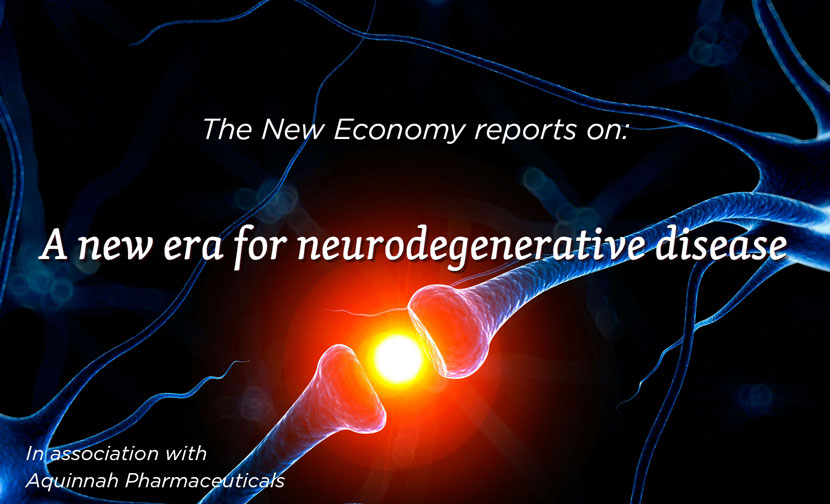Systematic measurement key to green success
By Patrik Isaksson, Vice President, Environmental Affairs, who works at SCA’s Corporate Headquarters in Stockholm, Sweden
By Patrik Isaksson, Vice President, Environmental Affairs, who works at SCA's Corporate Headquarters in Stockholm, Sweden
SCA’s Resource Management System (RMS) plays a crucial role in the Group’s ability to make continuous reductions of its CO2 emissions. The system has been developed in-house to systematically manage the collection, analysis and presentation of a wide array of sustainability data from the Group’s operations around the world. SCA’s systematic focus on measurement and follow-up through RMS has enabled its sustainability practices to evolve from good to great.
Sustainability core part of strategy
Sustainability is an integral part of SCA’s worldwide operations and a key dimension of the Group’s strategy for growth and value creation. SCA’s four sustainability targets, of which our ambitious CO2 target is one, are incorporated in the Group’s overall strategy.
This ensures that our long-term sustainability ambitions are prioritised at both Group and business-group levels. Also, SCA’s financial calculations include the effects of planned investments on the company’s CO2 target.
Group-wide resource management system
SCA has always believed that action speaks louder than words. Therefore, we make sure that our sustainability-related activities are measured and followed up in a transparent manner to earn credibility internally as well as externally. This approach demands a comprehensive system for managing the collection, analysis and presentation of sustainability data from our operations around the world.
SCA has since the late 1990s developed and refined its Resource Management System (RMS), which contains data for individual production facilities and business groups as well as on Group level. RMS allows SCA to analyse data that describe how different parts of the company use raw materials, water, energy and transportation, the emissions they make, and the solid waste produced and how it is handled.
One of several important dimensions of RMS is how it optimises the Group’s ability to track its investments in various sustainability projects worldwide – which enables us to measure and follow up how effective they are, both from an environmental and financial point of view. RMS covers about 180 production sites around the world, thus providing a comprehensive picture of SCA’s resource utilisation.
Also, RMS is used to assess the company’s sustainability performance in connection with acquisitions. For instance, in due-diligence processes carried out before potential acquisitions, SCA conducts a risk assessment to highlight potential business practice issues related to the company’s sustainability targets, including its CO2 target.
RMS is third-party verified on an annual basis by PricewaterhouseCoopers.
Ambitious CO2 target
SCA has long recognised the need for a global reduction in greenhouse gases, in particular CO2. To that end, in 2001 we began a group-wide effort to reduce our CO2 emissions. During the next few years, we accomplished a great deal, including the systematic replacement of coal and oil with biofuels and natural gas.
A more recent important step in SCA’s fight against global warming is how we in 2008 formulated a quantified CO2 target: Through to 2020, emissions from fossil fuels will be reduced by 20 percent, using 2005 as a reference year. A detailed investment plan on projects in order to reach this target is in place.
Broad spectrum of CO2-related activities
SCA pursues concrete activities to lower the Group’s CO2 emissions and to reduce the environmental impact of its products and solutions by, for example, investing in new production and energy technologies.
SCA’s broad operations mean that the company has many opportunities to contribute positively to reduce the total volume of CO2 emissions from fossil fuels.
Examples of CO2-related activities
Reduced consumption of fossil fuels: Over the past years, SCA has implemented a long-term programme to reduce the
Group’s use of fossil fuels. At present, the Group’s use of biofuel accounts for 43 percent of the Group’s total fuel balance. Only about five percent is derived from oil and one percent from coal.
On-site energy co-generation: SCA mills use substantial amounts of electricity. While most of it comes from electric grids, about one quarter of the electricity used at our mills comes from on-site co-generation. Investment in these on-site combustion plants, while expensive, yields great improvement in energy saving and emission reduction.
Growing biofuel production: Our raw material, the wood fibre, is not only used for the production of high-quality products. Residue from one process is, to a large degree, used as raw material for another process. Logging residue is increasingly used as biofuel. Sawdust is processed into fuel pellets for large heat plants as well as for household heating.
As a result, SCA is a major supplier of biofuel to Swedish municipalities, companies and households, delivering 3.3 TWh of unrefined biofuels in 2009, including wood chips to SCA’s own production of pellets.
Increased proportion of renewable energy: SCA and the Norwegian energy company Statkraft formed a joint venture for wind power production in Northern Sweden in 2007. Plans include annual production of 2.4 TWh of wind power electricity from six wind farms. Statkraft will arrange funding of SEK 20bn, while SCA will grant the use of land for the wind farms. The project consists of 455 wind turbines.
More efficient use of energy: SCA continuously works to enhance the efficiency of its energy consumption. In 2002, SCA initiated its Group-wide E-SAVE programme, designed to reduce energy consumption and CO2 emissions. Since its launch, more than 1,000 small-scale projects have reduced fuel consumption and cut CO2 emission. These projects have also resulted in annual savings of €50m.
Large-scale forest management
Forest management is an important way to counter climate change. Every year, seven million hectares of forest disappear from the earth, corresponding to 0.2 percent of the world’s total forestland. The amount of CO2 that can be sequestered by trees and land declines accordingly.
For SCA, being Europe’s largest private forest owner, the situation is reversed. The net growth in our forests entails an annual net absorption of CO2 of 2.6 million tonnes, which is approximately equivalent to the total amount of CO2 released by all of the Group’s production facilities. As a matter of fact, if half of the earth’s forestland was managed in the same way as SCA’s forests, the amount of CO2 sequestered in a growing forest would be sufficient to offset the use of fossil fuels.
Further information: patrik.isaksson@sca.com; www.sca.com
About the author
Patrik Isaksson is Vice President of Environmental Affairs at SCA.
About SCA
SCA is a global hygiene and paper company that develops and produces personal care products, tissue, packaging solutions, publication papers and solid-wood products. Sales are conducted in some 100 countries. SCA has many well-known brands, including the global brands Tena and Tork. Sales in 2009 amounted to SEK 111 billion (€10.5bn). SCA has approximately 50,000 employees.













